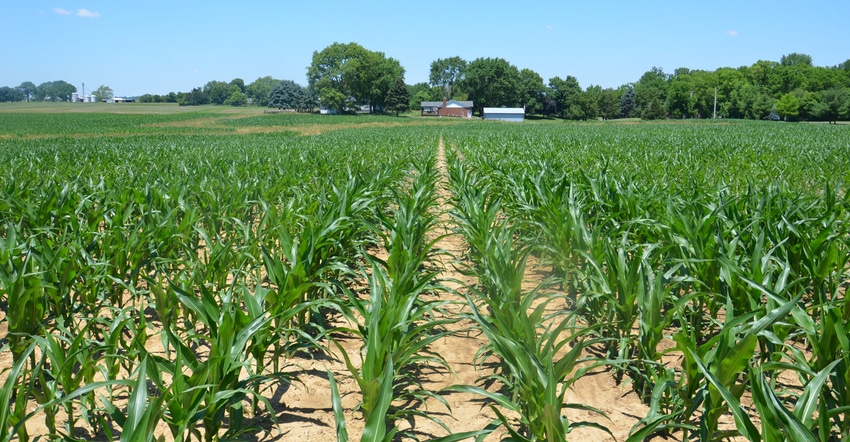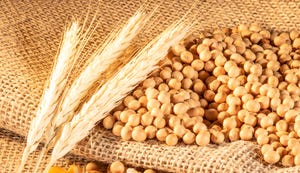
Delayed planting may have you wondering if you should switch to earlier hybrids, and that’s a discussion for another day. The easier question to answer is this: Should you rethink your population for corn since you’re planting later than normal?
“The short answer is no,” says Bob Nielsen, Purdue University Extension corn specialist. “We’ve found that optimum plant populations probably remain the same regardless of planting date.”
He bases that primarily on more than 95 field-scale trials he and Jim Camberato, another Purdue Extension agronomist, have conducted since 2008. The average economically optimum harvest plant population is surprisingly low for most soils around Indiana, Nielsen says. It’s typically fewer than 30,000 plants per acre. At the same time, that harvest population applies to a surprisingly wide range of possible yield results, from 150 to 250 bushels per acre.
Nielsen underlines two caveats in his statement: First, he’s talking about harvest populations that you see from the combine cab, not seeding rates. Second, he’s talking about economic optimum populations. That’s the population that should net the highest return per acre, not necessarily the highest yield per acre. If all one cares about is the highest yield per acre, he refers to that as the agronomic optimum yield and agronomic optimum harvest plant population. Especially this year, most people are concerned about economics — dollars and cents — because of super-tight corn price margins.
Planting dates varied by chance in the more than 95 trials Nielsen summarized — from April 15 to June 8 over various years. He and Camberato found no obvious relationship between economic optimum plant population and planting date in those field trials. Plotting yields on a graph, with planting date along the horizontal axis and yield along the vertical axis, the dots for the various trials represent more of a scatter-gram pattern than any sort of trend line. That means there is likely no relationship between the two.
“Optimum plant populations for early-planted corn were essentially the same as those for later-planted corn in those trials which we evaluated,” Nielsen emphasizes.
Seeding rate effect
Other researchers over the past couple of decades have reported similar results, Nielsen says. There was an occasional interaction between planting date and planting population in both Ohio and Minnesota studies, he acknowledges. But overall, data from research conducted in other locations by other researchers also shows little reason to increase seeding rates just because planting is delayed, Nielsen concludes.
In fact, you might be able to back off seeding rate slightly, depending upon your original seeding rate intentions and when you plant. That’s because as planting is delayed later into May, you can expect germination, emergence and stand establishment to occur more rapidly, Nielsen says. More of the seeds you plant will become harvestable plants simply because they were planted into warmer, more favorable conditions for seedling germination and early growth.
“You may be able to achieve the same desired final population with a slightly lower seeding rate if you’re forced to plant late,” he says. “That could save you a little on seed costs.”
About the Author(s)
You May Also Like




